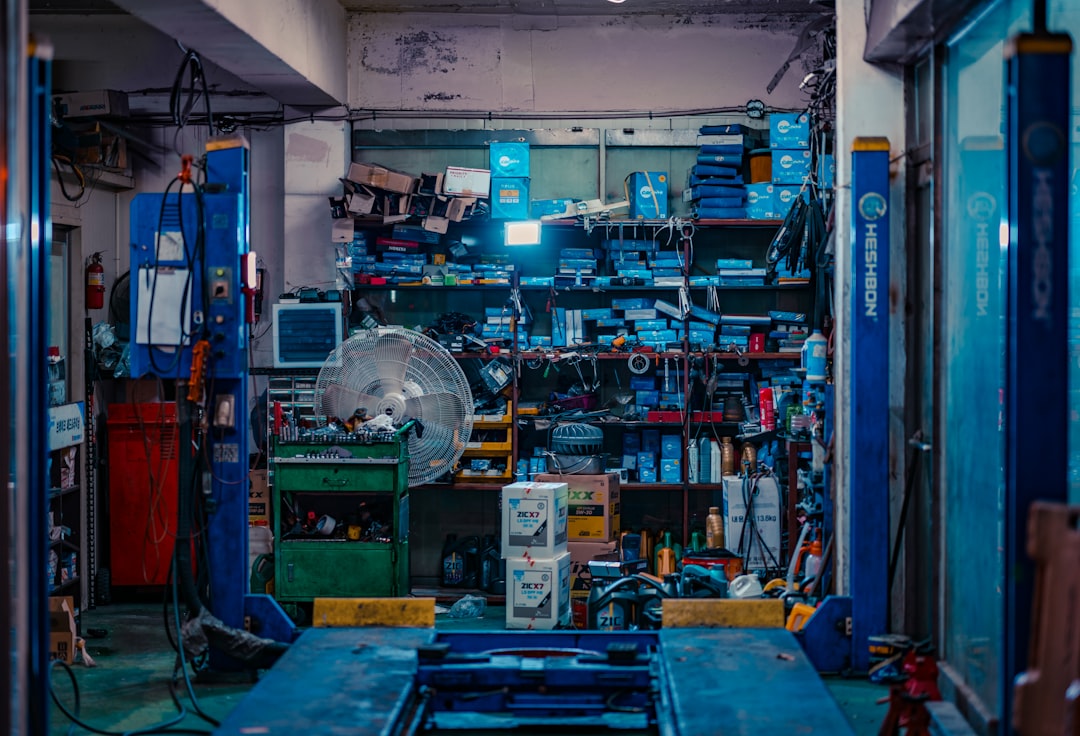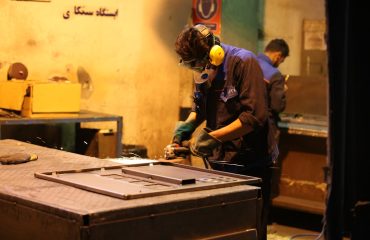The pursuit of zero-defect production is a lofty goal, often perceived as unattainable. However, striving for perfection, even if it’s never fully realized, dramatically improves quality, reduces waste, and enhances customer satisfaction. This post explores the strategies, challenges, and best practices for implementing zero-defect production goals in your manufacturing process.
1. Understanding the Foundation: Defining “Zero-Defect”
Before embarking on a zero-defect journey, it’s crucial to clearly define what “zero-defect” means within your specific context. It’s not about achieving absolute perfection, eliminating every single imperfection. Instead, it’s about establishing a rigorous system that minimizes defects to a level that is practically insignificant and economically viable. This involves:
- Setting Measurable Goals: Define specific, measurable, achievable, relevant, and time-bound (SMART) goals. Instead of aiming for a vague “zero defects,” set targets like reducing defects by 90% within a year or achieving a defect rate below 1 part per million (PPM).
- Identifying Critical Defects: Prioritize defects based on their impact on product functionality, safety, and customer satisfaction. Focus resources on preventing and eliminating the most critical defects first.
- Establishing Clear Acceptance Criteria: Define precise standards and tolerances for each product characteristic. This ensures consistency and reduces ambiguity in judging whether a product meets the required quality standards.
2. Implementing Preventative Measures: Proactive Quality Control
Reacting to defects is costly and inefficient. A zero-defect approach emphasizes proactive prevention. This involves:
- Robust Design for Manufacturing (DFM): Design products with manufacturability in mind. Consider materials, processes, and assembly techniques to minimize the potential for defects during production.
- Error-Proofing (Poka-Yoke): Implement techniques that prevent errors from occurring in the first place. This might involve using jigs and fixtures, implementing visual controls, or incorporating automated checks.
- Process Capability Analysis: Evaluate the capability of your manufacturing processes to meet the required specifications. Identify and address any process weaknesses before they lead to defects.
- Regular Process Audits: Conduct periodic audits to monitor process performance and identify potential areas for improvement. This helps catch problems early before they escalate.
3. Empowering Employees: A Culture of Quality
Zero-defect production requires a fundamental shift in organizational culture. Employees at all levels must be empowered to identify, report, and address quality issues. This involves:
- Training and Development: Provide comprehensive training on quality control techniques, problem-solving methodologies, and the importance of zero-defect principles.
- Employee Involvement: Encourage employees to participate in quality improvement initiatives, such as Kaizen events and suggestion programs. Their insights are invaluable in identifying and resolving quality issues.
- Open Communication: Foster a culture of open communication where employees feel comfortable reporting defects without fear of retribution.
- Continuous Improvement Mindset: Cultivate a mindset of continuous improvement, where employees are constantly seeking ways to improve processes and prevent defects.
4. Leveraging Technology: Data-Driven Quality Management
Technology plays a crucial role in achieving zero-defect goals. Data-driven approaches can help identify trends, predict potential problems, and optimize processes for improved quality. This includes:
- Statistical Process Control (SPC): Use statistical methods to monitor process variation and identify potential sources of defects. SPC charts help track key process parameters and detect anomalies.
- Automated Inspection Systems: Implement automated inspection systems to quickly and accurately detect defects. These systems can significantly improve efficiency and accuracy compared to manual inspection.
- Data Analytics: Analyze production data to identify patterns and trends related to defects. This can help pinpoint root causes and implement targeted improvements.
- Predictive Maintenance: Use data analytics to predict equipment failures and schedule maintenance proactively. This helps prevent production downtime and defects caused by equipment malfunctions.
5. Continuous Improvement: The Ongoing Journey
Achieving zero-defect production is not a destination, but an ongoing journey. Continuous improvement methodologies, such as Lean Manufacturing and Six Sigma, are essential for sustaining quality improvements over time. This involves:
- Regular Reviews and Adjustments: Regularly review your zero-defect strategy and make adjustments based on performance data and changing circumstances.
- Kaizen Events: Conduct regular Kaizen events to focus on specific areas for improvement and implement quick, effective solutions.
- Benchmarking: Benchmark your performance against industry best practices to identify areas where you can improve.
- Supplier Collaboration: Collaborate with your suppliers to ensure they meet your quality standards and contribute to the overall goal of zero-defect production.
By implementing these strategies and fostering a culture of continuous improvement, manufacturers can significantly reduce defects, enhance product quality, and gain a competitive advantage in the marketplace. The pursuit of zero defects, while challenging, is a worthwhile endeavor that leads to substantial long-term benefits.
Tags: zero-defect manufacturing, quality control, lean manufacturing, six sigma, kaizen




